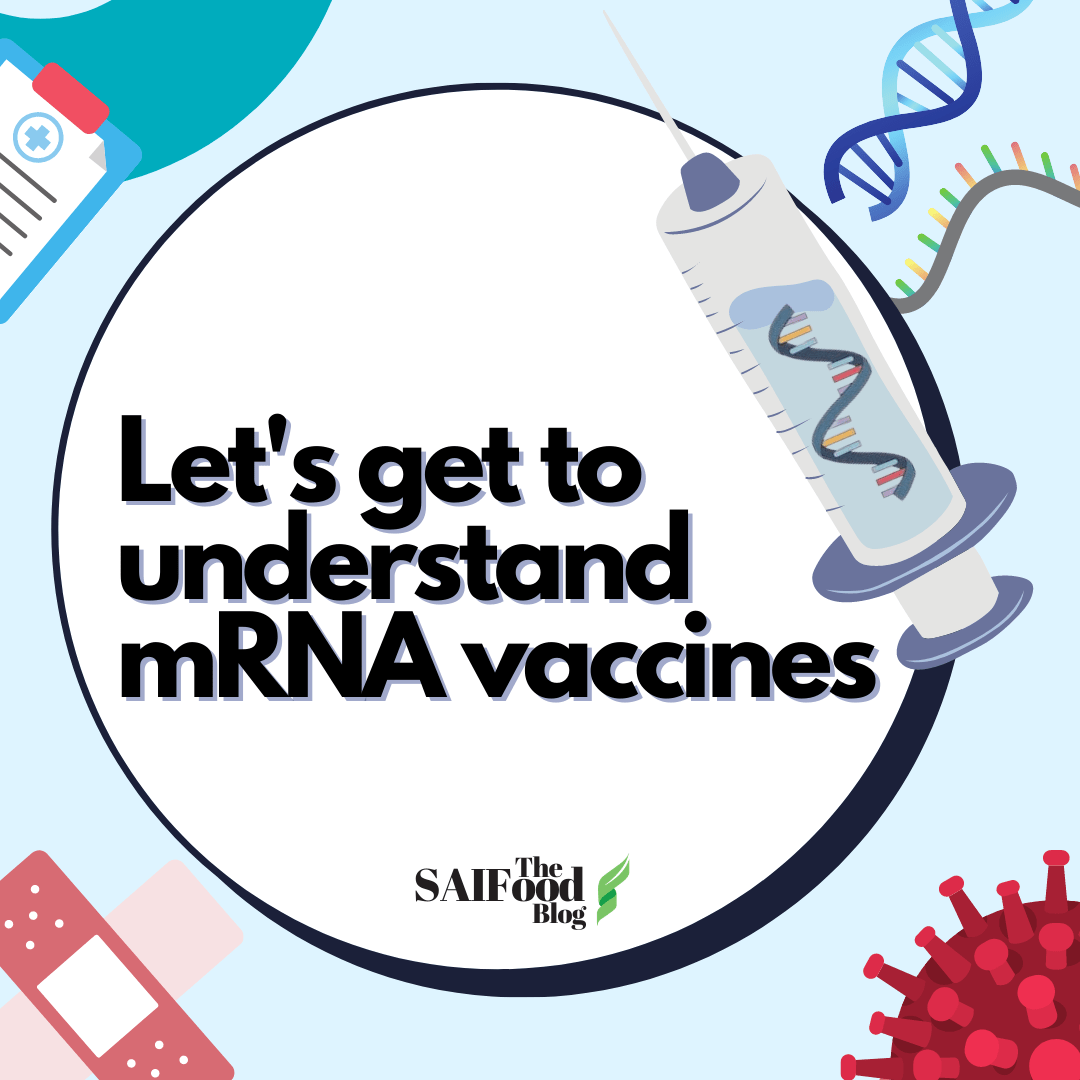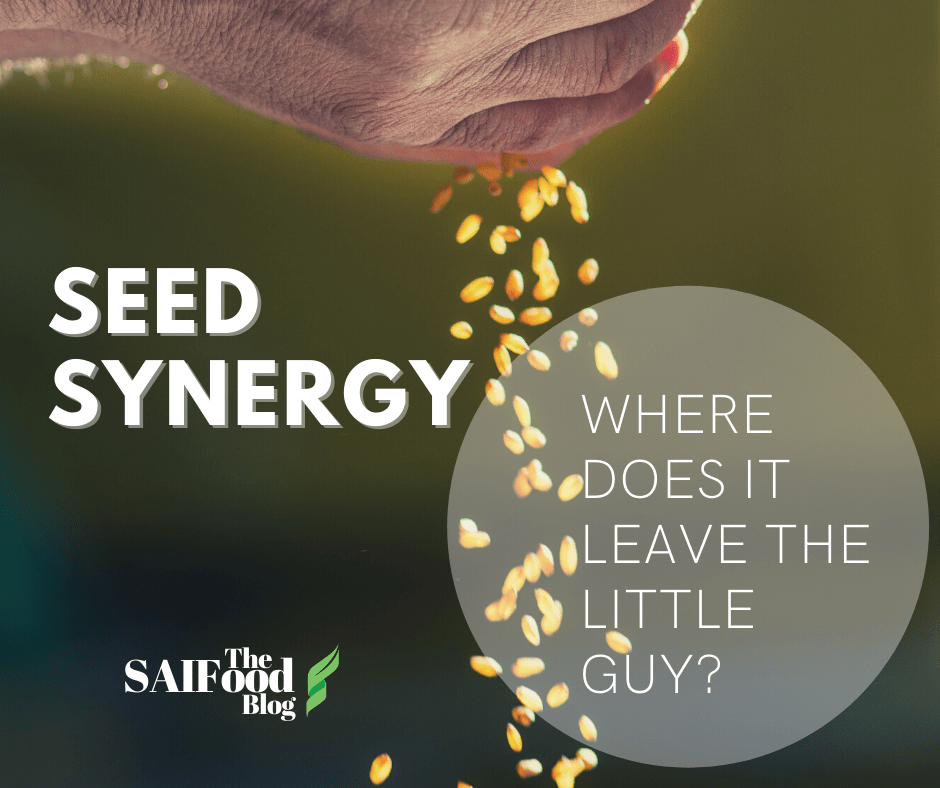Oops!!! We posted the wrong link in our Newsletter for the Value of Big Data Blog. Click below to find your way there.
It’s 2021's trendy topic, but do we understand it or its societal benefits?
In this past year, you might have heard your fair share about mRNA and how it could change everything, that’s because science is amazing. As you very likely heard, mRNA is used in the production of both Pfizer-BioNTech and Moderna’s COVID-19 vaccines. Pfizer Inc. & BioNTech’s vaccine was the first mRNA produced vaccine to complete its clinical trials and be approved for commercial use. While these vaccines are the first to come to market, it’s not the first time science has used mRNA technology. Yet, its success with COVID might be the launching point for research to consider utilizing mRNA for further innovation advancements.
What is mRNA?

Before we jump into mRNA, let’s go back to our high school biology notes and refresh ourselves about the abbreviations ending in NA. First, DNA, deoxyribonucleic acid, is a double-stranded molecule of nucleobase pairs (A, T, C & G) that form the blueprints of our genetics and cells. It is the sequence of DNA’s pairing that instructs which proteins should be produced (proteins are chains of amino acids and are the building block of life). Ribonucleic acid, known as RNA, is a single-stranded molecule of nucleobases (A, U, C & G) that helps DNA transfer its genetic instructions to the cell to make proteins. Our DNA is located in the cell’s nucleus, and it needs to transfer a message to the cell with instructions to build the proteins. These instructions are produced by DNA in the form of messenger RNA (mRNA).
These instructions are made by DNA copying a segment of its nucleobase chain with mRNA, and that set of instructions carry the blueprints to the cell’s ribosomes, which build proteins based on the mRNA instructions. While you can think of it like a boss sending instructions to their construction team without going to the building site, it’s also like making a recipe. You want to make a cake, so you search allrecipes.com for cake recipes, there are thousands of recipes (DNA located in the nucleus), and you select one and print it off (duplicating the recipe is like mRNA transferring precise information out of the nucleus). Then, in your kitchen, you transform that recipe into exactly what the recipe was describing, a rhubarb streusel cake.
How mRNA works in a vaccine
How mRNA works in vaccines is clever and the next step up from inactivated (flu or polio shot) or live-attenuated (MMR- measles, mumps and rubella or yellow fever shot) vaccines. Instead of vaccinating with an inactive or weakened form of the germ that causes a disease, the mRNA contains the information about the viral protein, which then triggers our immune response. In the case of COVID-19, the vaccination does not provide the information to cause the virus, but rather the information that tricks your body into thinking it’s present and starts protecting itself. That is why you might feel tired or ill the day after, it’s not because you have the flu or COVID, your body has just been tricked into defending itself and can result in being under the weather for a while.

What you should know is that RNA cannot change your DNA. RNA can only read and copy the DNA code, it cannot change it, it merely tells your cells to produce a set of proteins, the genetic makeup of an individual is unaltered. That is why mRNA vaccines are effective and have been proven safe to use, as they tell your body to produce a protein to protect you without altering your DNA. If you had not contracted COVID, your body’s DNA would not instruct it to for COVID protection, leaving it susceptible to exposure. With the vaccine, the mRNA tells your cells to produce the protective proteins and your body follows the instructions without your genetic information changing. That is also why we will likely need to have booster shots for COVID, since our DNA isn’t changed, our bodies won’t know to keep producing the necessary proteins forever.
Brilliant ideas bring fears
The mRNA-COVID vaccinations almost seem too good to be true. In less than a year from the pandemic being declared, we have new vaccines approved, this is crazy, right? It’s not too good to be true or crazy, but rather it’s a combination of good timing, resources available worldwide to fund the research, and a brilliant idea. Had COVID-19 hit a decade ago, who knows how long a vaccine would have taken without the research that has been evolving on mRNA. Stat News has an excellent article outlining the history of mRNA research and how researchers like Katalin Karikó have been studying its use in immunology since the 1990s. Without doing a deep dive into the history of mRNA research, mRNA is offering a fast and safe option to traditional vaccinations. The duplication of mRNA is relatively quick in comparison to live or inactive vaccines that take longer to maturate.
Scientific influence beyond the pandemic
Currently, our focus is the pandemic, but scientists see the potential that mRNA can offer in the therapeutic world for the treatment of “diseases like cystic fibrosis, cancer, and HIV”. The mRNA system as we have seen can be made quickly, and there is hope that this technology can be utilized in other immunology treatments. A previous phase 1 clinical trial for HIV has shown great promise, is now partnered with Moderna, and they intend to continue their research utilizing mRNA technology to speed up the development of a vaccine. There are also early trials for cancer treatments. Cancer is very complicated to fight as there are hundreds of forms and it is created by our cells, so time will tell if mRNA can make inroads to unlock the immunotherapeutic answer to cancer.
But science isn’t just thinking about human vaccinations. There is the potential use of mRNA in animal vaccinations. Given our love for pets and high consumer demands for meat, the veterinary world has an endless list of diseases and therapeutic needs which include treating cancer, diabetes, and rabies prevention in pets and ensuring herd health in livestock, like protection from food-and-mouth disease. The list of possible vaccines and therapeutics for livestock is beyond my knowledge, but it does open up a world of possible research and uses for protection and treatment. Previous research has already been completed on an mRNA vaccine that protects guinea pigs from Ebola and in the early 2000s, the European Commission funded a project on ‘Efficacious Delivery’, that used DNA & RNA-based vaccines for classical swine fever virus.
In the past year of mRNA COVID-19 vaccination trials and the rollout of the vaccines has been proof that success can come from mRNA technology, and there is potential to move beyond vaccinations. We have witnessed firms, including those in ag, gain investments to further RNA research as a result. GreenLight BioSciences raised $US102 million for the development of agriculture and human therapeutics. While the company RNAissance Ag acquired RNAgri and will continue to research RNA-based biopesticides. The introduction of RNA-based pesticides allows for controlled application, where the targeted insect would ingest the RNA and the instructions of the RNA would disrupt the insect’s gut, killing it. Other insects and plants would not be affected, as the RNA technology only targets the specific pests’ whose ribosomes can read the specific RNA. While these firms are looking at pesticides that can be applied to the crops, RNA technology has already been approved as a pesticide within a GM crop, back in 2017 the Unites States’ EPA approved Bayer’s SmartStax corn seed, which is a GM seed that protects against corn rootworms.
Agriculture already trusts RNA research
We have already seen other forms of RNA utilized in the agriculture world, perhaps mRNA is another tool we can use to expand the use of RNA technology in the industry that affects our food, environment, and health. While it is not widely available yet in the market, the Arctic® Apple has been created to have reduced browning through the technologies of RNAi, ribonucleic acid interference. Without getting too technical, RNAi instructs the silencing of a gene by binding to mRNA. An oversimplified explanation is that Arctic® Apples or Simplot’s Innate® potato have been instructed to turn off the browning process. This process doesn’t change the DNA but is rather instructing the apples and potatoes not to read or activate the oxidization of the flesh.
Right now, it seems like there are endless possibilities that research into mRNA can offer in the health sector and agriculture. Whether it is to improve the root systems of cash crops, vaccinate against allergies, or improve pest management or sustainable agricultural practices, only time will tell if agricultural sciences can find success in mRNA research.




